







Shortline


route
 |
Apalachicola Northern Railroad"The Small Railroad that Thinks Big" |
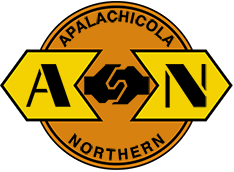 AN Railway
AN Railway

Apalachicola's timber industry emerged prior to the Civil War alongside a booming cotton shipping trade. One of the town's first sawmills, the Pennsylvania Tie Company, was located at a site known today as the "Mill Pond" or Scipio Creek Boat Basin on North Market Street. The sawmill cut railroad crossties from cypress logs that had been dragged from the swamps surrounding the Apalachicola River. Despite an abundance of timber, early efforts to expand the industry were thwarted by high transportation costs, undercapitalization and the ever-present industry hazard of fire. It wasn't until James N. Coombs came to Apalachicola in the late 1870s when, backed by Northern capital, Coombs went on to establish and manage several sawmills in the county. Other mills followed including the Cypress Lumber Company, Franklin County Lumber Company and Kimball Lumber Company.
 Spurred on by a worldwide demand for timber products, sawmills soon sprang up along the river, and millions of board feet of pine and cypress passed through the port of Apalachicola. Pines were also sought for their sap, which was distilled into turpentine and resin and known collectively as naval stores.
By the beginning of the 20th century, the capacity of the local mills was greater than the area's shipping facilities and it became clear that a faster more efficient means for shipping lumber was necessary in order for the industry to grow. Relief arrived in 1903, when the Apalachicola Northern Railroad rolled into town and with it the promise of faster and more efficient shipping.
Spurred on by a worldwide demand for timber products, sawmills soon sprang up along the river, and millions of board feet of pine and cypress passed through the port of Apalachicola. Pines were also sought for their sap, which was distilled into turpentine and resin and known collectively as naval stores.
By the beginning of the 20th century, the capacity of the local mills was greater than the area's shipping facilities and it became clear that a faster more efficient means for shipping lumber was necessary in order for the industry to grow. Relief arrived in 1903, when the Apalachicola Northern Railroad rolled into town and with it the promise of faster and more efficient shipping.
 Known for decades among Gulf Coast railfans as the "Port St. Joe Route," the Apalachicola Northern Railroad Company operated 97 miles of shortline trackage in the central region of the Florida panhandle. First incorporated in 1903, from 1940 to 1996 the line was owned by the Port St. Joe Paper Company. After the paper mill closed -- the shortline's largest customer -- assets of the line were sold to Rail Management Corporation, who in 2005 again sold the line to the Genesee & Wyoming shortline system. Currently the line operates as the AN Railway and runs from Port St Joe on the coast northward 119 miles through Sumatra and Telogia to a connection with CSX Transportation at Chattahoochee, Florida. In terms of diesel era motive power, the Apalachicola Northern held the distinction of being one of only two North American railroads to purchase EMD's rare GP15T -- a turbocharged light road switcher intended to replace first-generation Geeps.
Known for decades among Gulf Coast railfans as the "Port St. Joe Route," the Apalachicola Northern Railroad Company operated 97 miles of shortline trackage in the central region of the Florida panhandle. First incorporated in 1903, from 1940 to 1996 the line was owned by the Port St. Joe Paper Company. After the paper mill closed -- the shortline's largest customer -- assets of the line were sold to Rail Management Corporation, who in 2005 again sold the line to the Genesee & Wyoming shortline system. Currently the line operates as the AN Railway and runs from Port St Joe on the coast northward 119 miles through Sumatra and Telogia to a connection with CSX Transportation at Chattahoochee, Florida. In terms of diesel era motive power, the Apalachicola Northern held the distinction of being one of only two North American railroads to purchase EMD's rare GP15T -- a turbocharged light road switcher intended to replace first-generation Geeps.

1994 Official Guide ad / collection

1972 Official Guide ad / collection
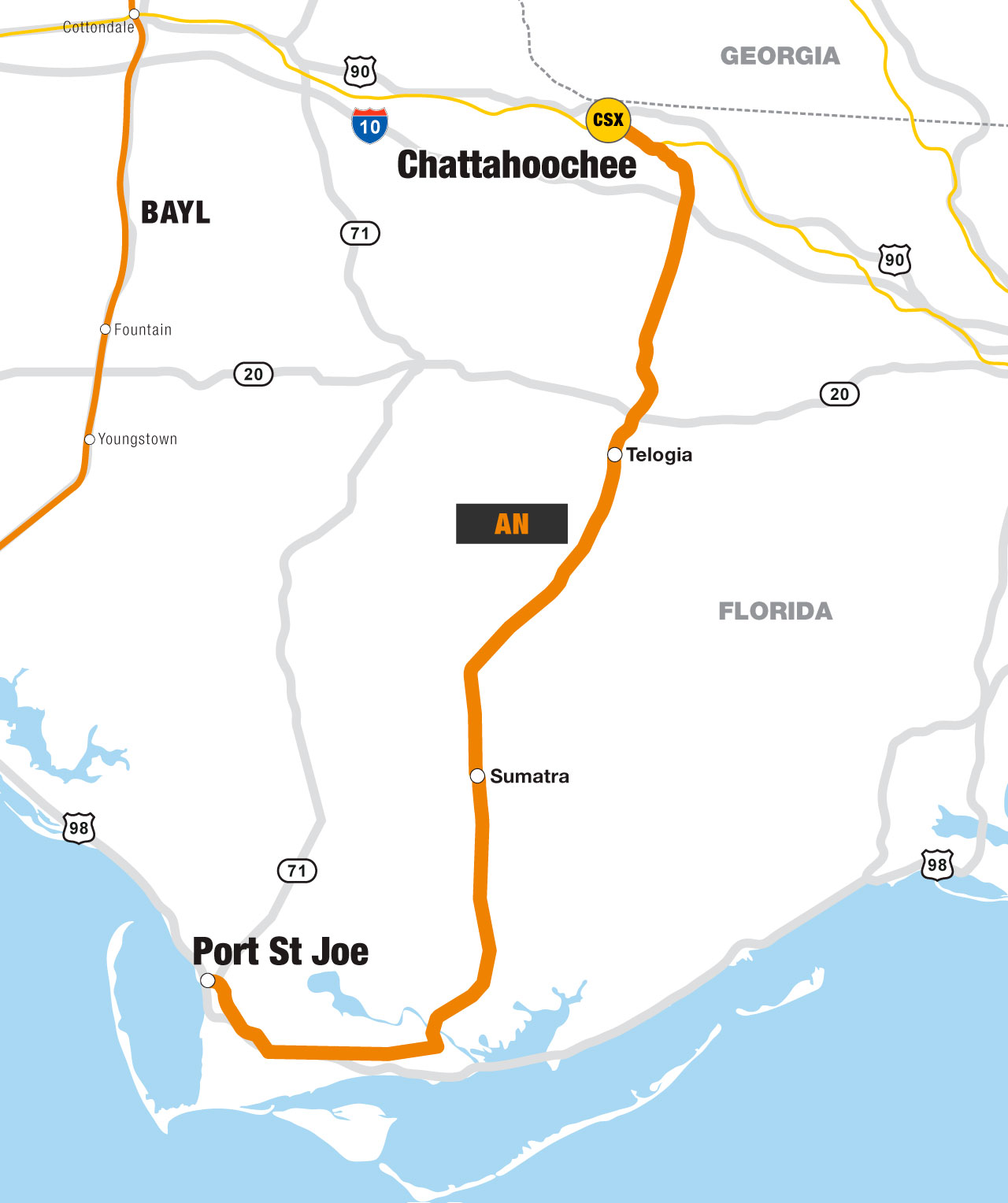
2005 route map / web

Port Saint Joe, Fl / 1990 / RWH
Steam Motive Power

Apalachicola Northern #150
Port Saint Joe, Fl / Apr 1948 / collection


Apalachicola Northern #150

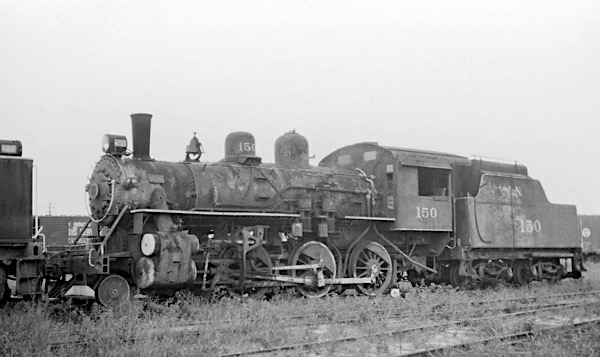
Port Saint Joe, Fl / Aug 1951 / collection

Apalachicola Northern #200
Port Saint Joe, Fl / Apr 1948 / collection


Apalachicola Northern #200
to Helena Southwestern #200, 1949


Builder's photo / collection
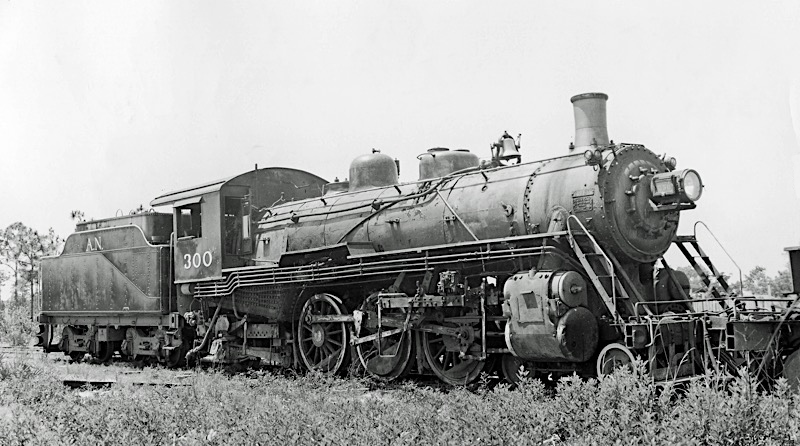
Apalachicola Northern #300
Port Saint Joe, Fl / Apr 1948 / collection


Apalachicola Northern #300


Port Saint Joe, Fl / Aug 1951 / collection

Apalachicola Northern #301
Port Saint Joe, Fl / Apr 1948 / collection


Apalachicola Northern #301


Port Saint Joe, Fl / Aug 1951 / collection

Apalachicola Northern #510
Port Saint Joe, Fl / Apr 1948 / collection


Apalachicola Northern #510
later to GC&L #852

Diesel Motive Power

Apalachicola Northern #709
Port Saint Joe, Fl / 1990 / RWH


Apalachicola Northern #709
to Conrad Yelvington #709


1990 / RWH

Port Saint Joe, Fl / 1990 / JCH

Apalachicola Northern #710
Port Saint Joe, Fl / 1990 / RWH


Apalachicola Northern #710
to Conrad Yelvington #710


RWH

Apalachicola Northern #712
Port Saint Joe, Fl / 1990 / RWH


Apalachicola Northern #712


Apalachicola Northern #720
Port Saint Joe, Fl / 1990 / JCH


Apalachicola Northern #720


RWH

RWH

Port Saint Joe, Fl / 1990 / RWH

Port Saint Joe, Fl / 1990 / JCH
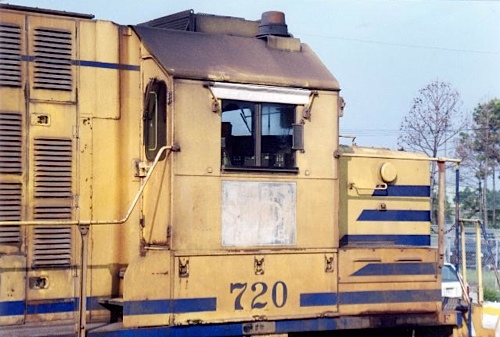
Port Saint Joe, Fl / 1990 / RWH

Port Saint Joe, Fl / 1990 / RWH

Apalachicola Northern #721
Port Saint Joe, Fl / JCH


Apalachicola Northern #721


Port Saint Joe, Fl / 1990 / RWH
Rolling Stock
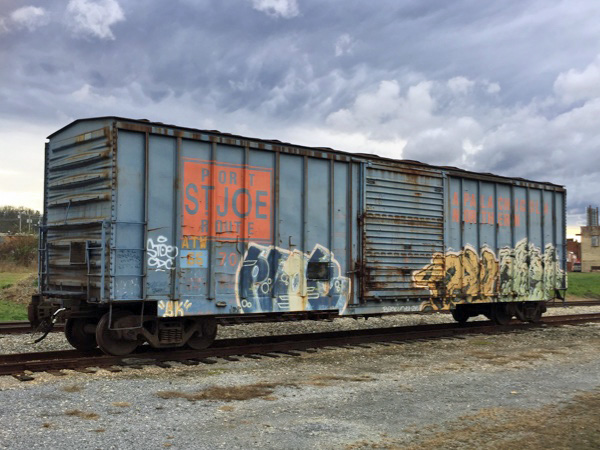
Atlantic & Western #5570
ex AN boxcar / Johnson City, Tn / Dec 2015 / RWH

Johnson City, Tn / Dec 2015 / RWH

RWH
Locations
 Port St. Joe
Port St. Joe

Port Saint Joe, Fl / 1990 / RWH

Port Saint Joe, Fl / 1990 / RWH

Click to see this location plotted on a Google Maps page
 Apalachicola
Apalachicola

Apalachicola Railroad Era
Apalachicola's first railroad engine steamed into town on April 30, 1907 amid a town-wide celebration. The Apalachicola Northern Railroad (ANR) tracks entered town at the north end of Market Street and ran parallel along Water Street to its terminus at the Railroad Depot located near Commerce Street and Avenue G. A spur of the rail line extended to the south end of Water Street to load seafood from the packing houses on the river.
The emergence of railroads to North Florida in the mid 1830s was propelled, in part, by a need for more reliable shipping alternatives. Steamboats ruled the river during the early to mid 1800s but were not always reliable, hindered constantly by unpredictable river levels, snags and mechanical problems.
The first efforts to establish rail travel to the area began many years before the effort was successful. In 1885, a group of Apalachicola businessmen secured a charter for the Apalachicola and Alabama Railroad Company. The group hoped to build a rail line northward to connect to the Pensacola and Atlantic Railroad network in Jackson County. Unable to secure financial backing for the endeavor, the rail plan was abandoned until 1903, when North Florida businessman Charles B. Duff and partners chartered the Apalachicola Northern Railroad (ANR). Construction began in 1905 and trains began running north from Apalachicola in 1907. From Apalachicola, the ANR route ran north of Apalachicola to Chattahoochee where an interchange was made with the Atlantic coast Line. An extension to Port St. Joe was completed in 1910.
Rail commerce flourished in the area until the timber resources started to dwindle in the 1920s. In 1933, the railroad was purchased by Alred I. duPont to service the St. Joe Paper Company mill in Port St. Joe which operated there from 1936 to 1996.
 Lagniappe
Lagniappe

I was fortunate enough to visit the Apalachicola Northern back when traffic was still heavy and customers plentiful. In terms of B-B shortline motive power, a visit to Port St. Joe was quite a treat for this small diesel fan. My father always remarked that the blue-and-white striped SW9 paint schemes on the AN switchers were "classic switcher paint schemes" from the 1950's. All I know is that their small fleet of SW9s and 1500s were some of the nicest looking switchers I have seen. The GP15T units on the property were a rare find as well - the AN being the only southern shortline I know of ever to purchase or use that rare turbocharged model. As for great lashups, I will never forget standing track-side and watching a GP15T and five switchers enter the yard with the daily northbound turn up from the coast. Six units! Now that's shortline action. And I always figured those rooftop air conditioners were a good idea in the Florida panhandle humidity. I'm sure the crews loved that rare shortline feature. The AN was a great shortline in its day.
Links / Sources
- Genessee & Wyoming website
- Diesel Shop roster for Apalachicola Northern
- James House' Apalachicola Northern page
- Don's Rail Photos - Apalachicola Northern roster shots
- Wikipedia article for Apalachicola Northern
- Charles W. McDonald, Diesel Locomotive Rosters - Third Edition (Kalmbach, 1992) 18
- Edward A. Lewis, American Shortline Railway Guide - Fifth Edition (Kalmbach, 1996) 25
- Steam locomotive roster data courtesy of Allen Stanley at Railroad Data Exchange

